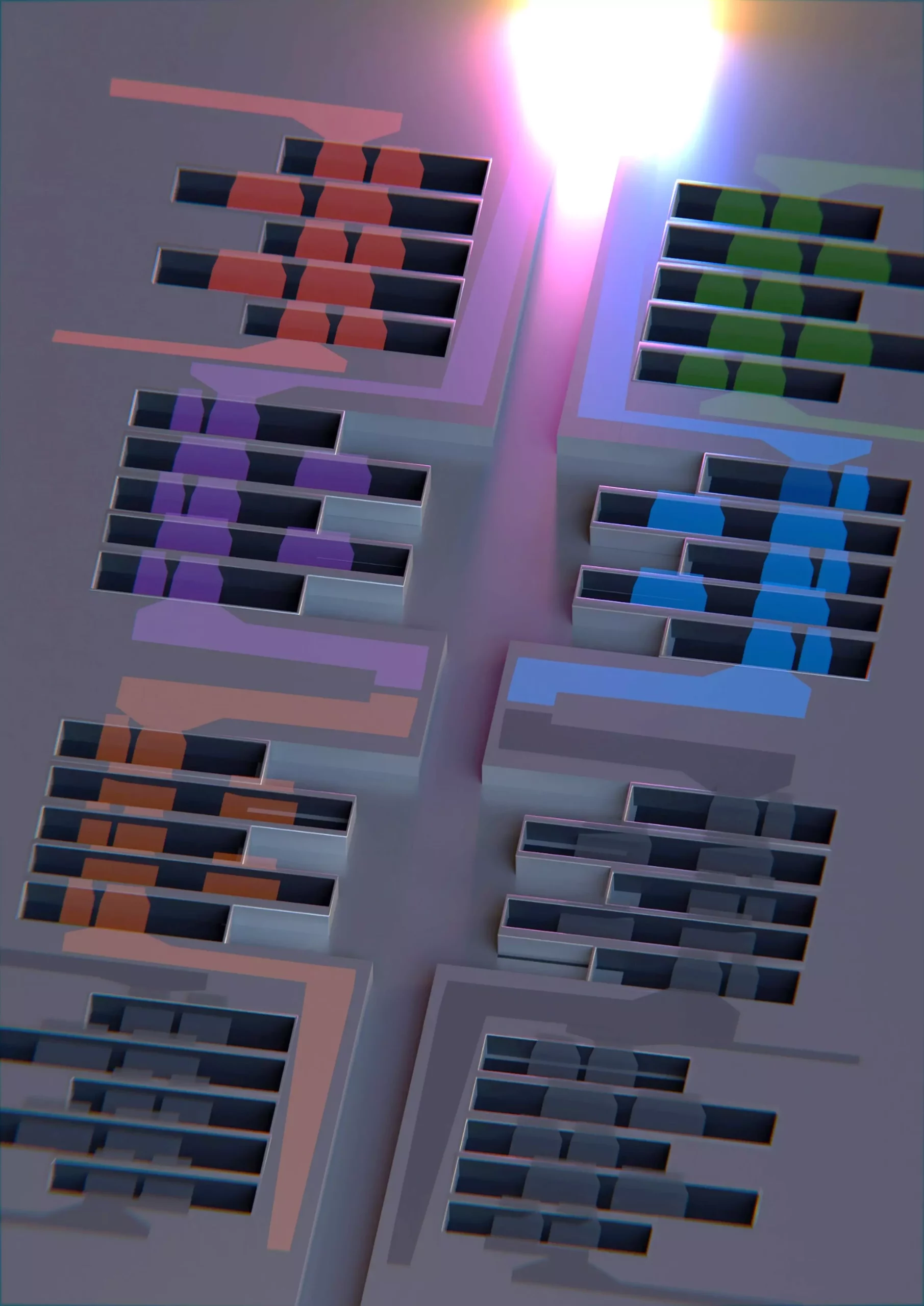The University of Florida has made groundbreaking strides in the field of semiconductor technology, with their latest innovation featured on the cover of Nature Electronics. This new method, developed by a team of researchers led by Dr. Roozbeh Tabrizian, has the potential to revolutionize wireless communication as we know it. As the demand for efficient data transmission continues to rise alongside advancements in AI technology, the need for more powerful processors becomes increasingly apparent. Traditionally, wireless communication has been limited by planar processors, but the transition to three-dimensional processors represents a significant leap forward in terms of efficiency and compactness.
In a world where billions of users rely on seamless connectivity and real-time data exchange, the limitations of planar processors are becoming more pronounced. These processors are restricted by their two-dimensional structure, limiting the amount of data that can be efficiently transmitted across different frequencies. As AI and autonomous devices continue to evolve, the demand for more efficient processors will only continue to grow. Dr. Tabrizian points out that the current infrastructure is starting to reach its limits in terms of data transmission efficiency, necessitating a new approach to processor design.
The team at the University of Florida has successfully made the transition from planar to three-dimensional processors using CMOS technology. This new approach allows for the integration of different frequency-dependent processors on the same chip, leading to significant benefits in terms of performance and scalability. By harnessing the strengths of semiconductor technology in integration, routing, and packaging, the researchers have created processors that occupy less physical space while delivering enhanced performance. This new type of spectral processor, capable of integrating different frequencies on a single chip, represents a major breakthrough in wireless communication.
Dr. Tabrizian’s new approach to multi-band, frequency-agile radio chipsets not only solves a significant manufacturing challenge but also paves the way for innovative communication strategies in an increasingly congested wireless environment. The ability to accommodate growing demands while maintaining performance and scalability is crucial in the era of smart cities, remote healthcare, and augmented reality. As our wireless devices become more advanced, the need for processors that can handle the increasing volume of data becomes more pressing. The team of researchers, including Dr. Tabrizian, Faysal Hakim, Nicholas Rudawski, and Troy Tharpe, began work on this new approach in 2019, setting the stage for a new era of wireless communication.
The transition to three-dimensional processors represents a significant advancement in the field of wireless communication. By leveraging the power of semiconductor technology, researchers at the University of Florida have created processors that are more efficient, compact, and scalable than ever before. As the demand for data transmission continues to grow, innovations like these will be crucial in ensuring that our wireless devices can keep pace with the evolving needs of society.



Leave a Reply